Featured products
-
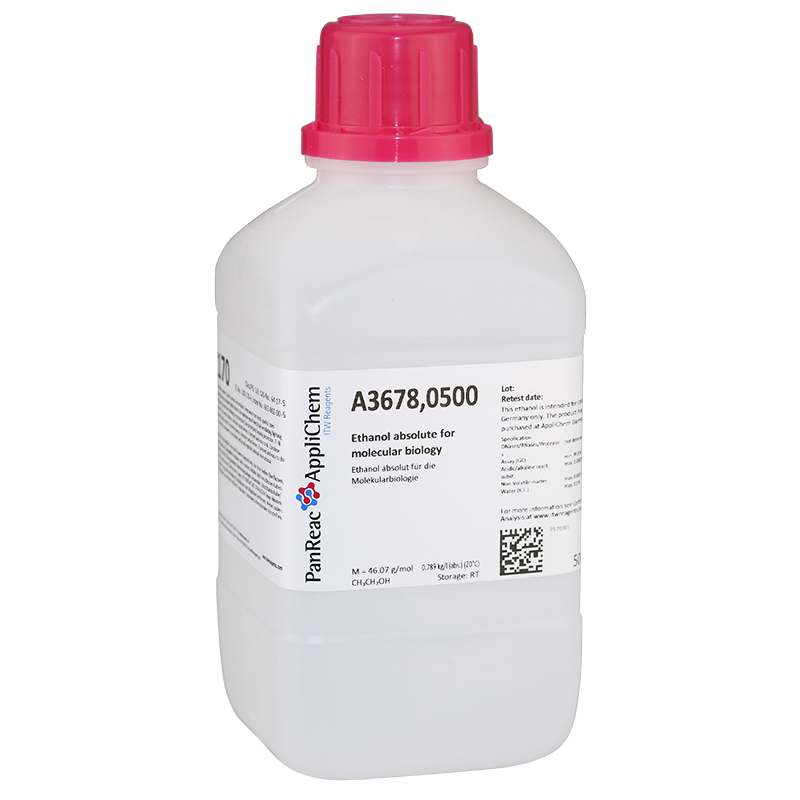
-
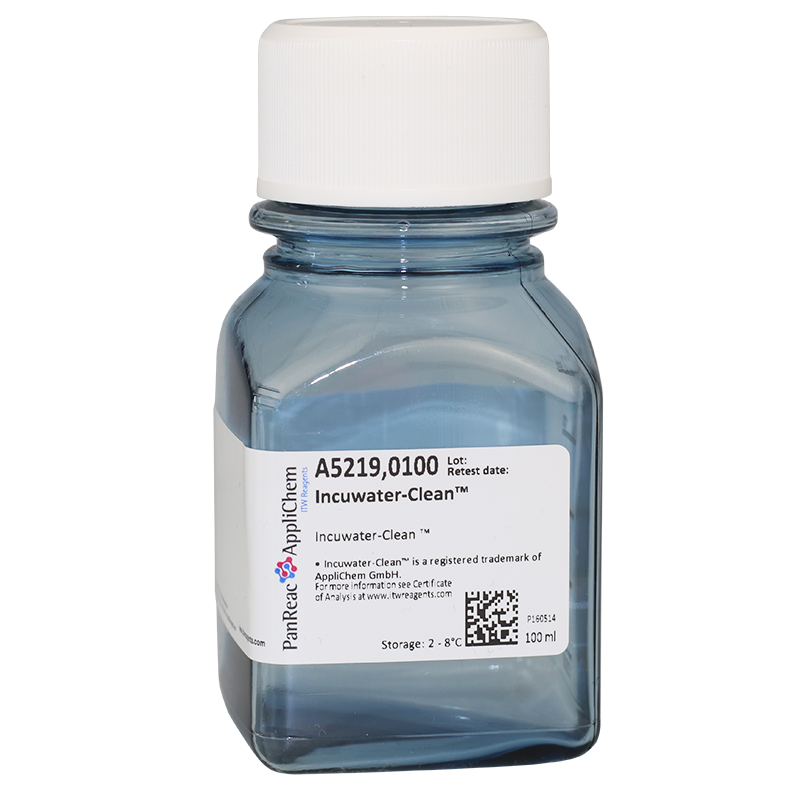
Incuwater-Clean™
A5219 -
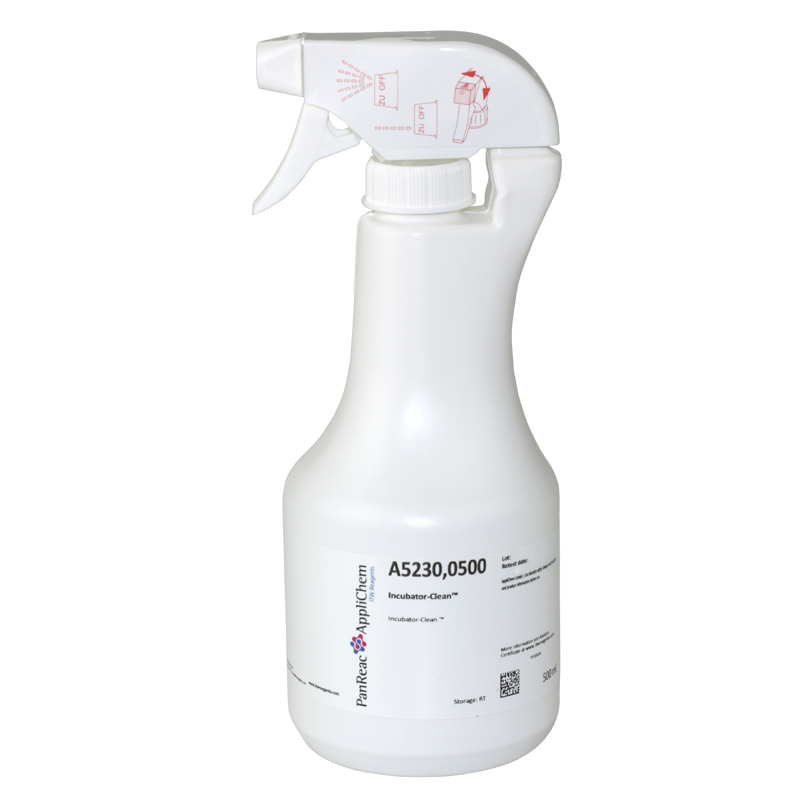
Incubator-Clean™
A5230 -
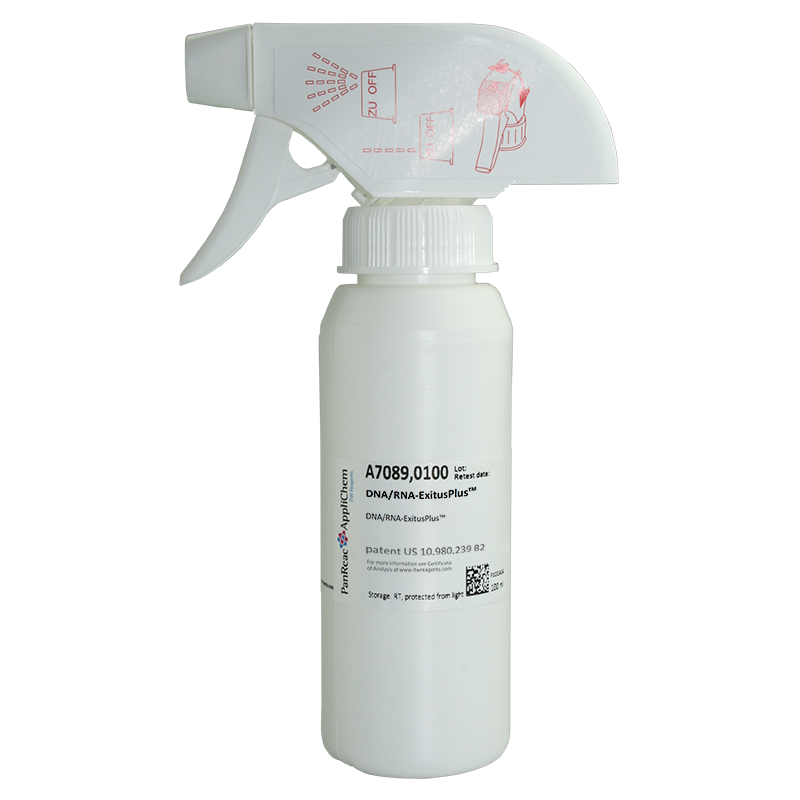
DNA/RNA-ExitusPlus™
A7089 -
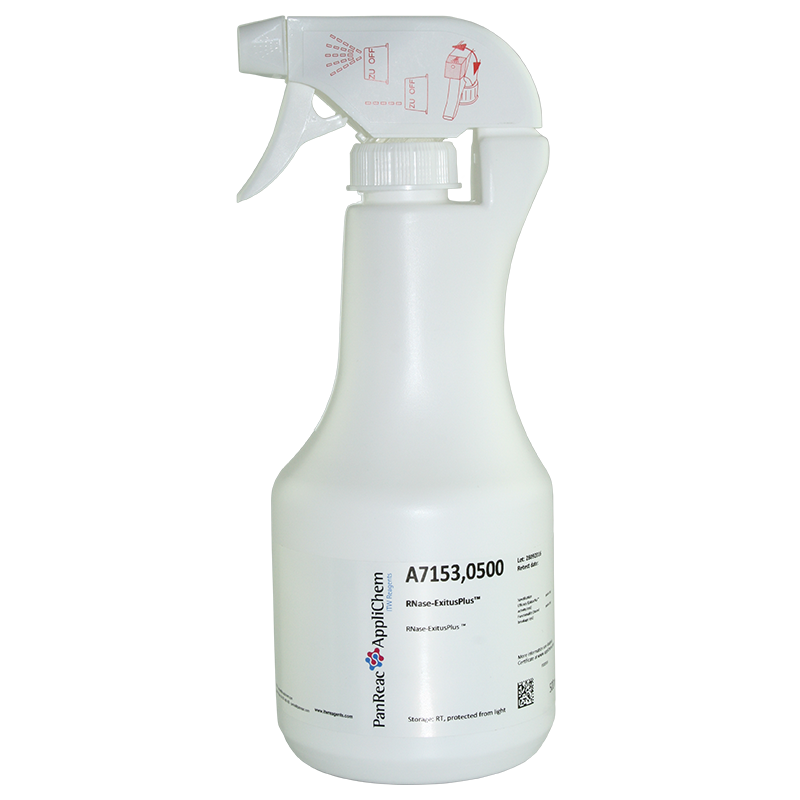
RNase-ExitusPlus™
A7153 -
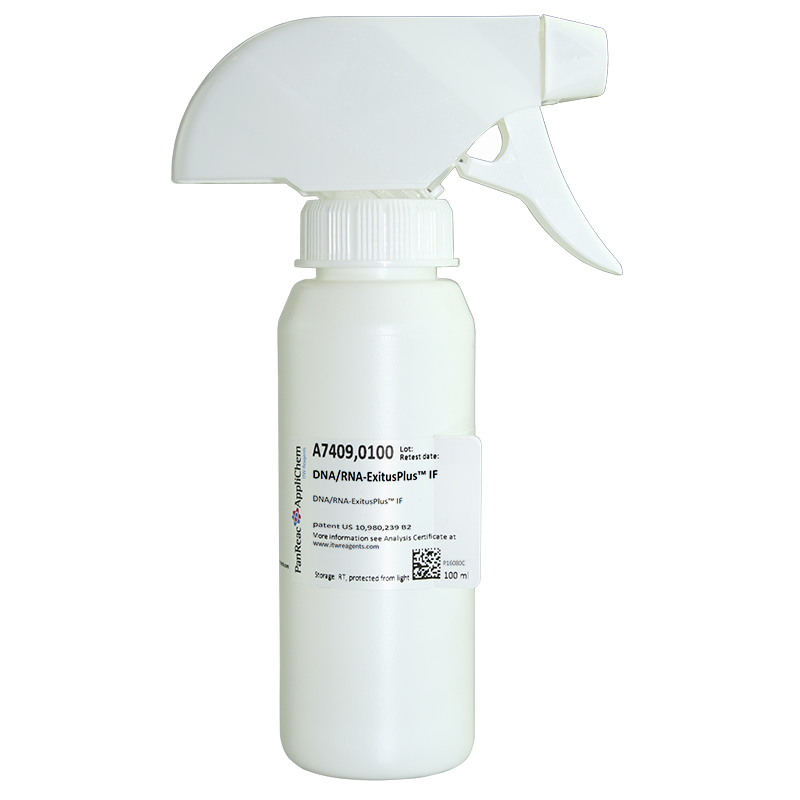
DNA/RNA-ExitusPlus™ IF
A7409
147 products available
- 2-Propanol (Ph. Eur, BP, USP-NF) GMP - IPEC grade631090.0716 · 67-63-0
- 2-Propanol (Reag. USP, Ph. Eur.) for analysis, ACS, ISO131090.1612 · 67-63-0
- 2-Propanol (Reag. USP, Ph. Eur.) for analysis, ACS, ISO131090.1611 · 67-63-0
- 2-Propanol (Reag. USP, Ph. Eur.) for analysis, ACS, ISO131090.1214 · 67-63-0
- 2-Propanol (Reag. USP, Ph. Eur.) for analysis, ACS, ISO131090.1212 · 67-63-0
- 2-Propanol (Reag. USP, Ph. Eur.) for analysis, ACS, ISO131090.1211 · 67-63-0
- 2-Propanol (Reag. USP, Ph. Eur.) for analysis, ACS, ISO131090.0716 · 67-63-0
- 2-Propanol (Reag. USP, Ph. Eur.) for analysis, ACS, ISO131090.0515 · 67-63-0
- 2-Propanol (USP, BP, Ph. Eur.) pure, pharma grade141090.1211 · 67-63-0
- 2-Propanol (USP, BP, Ph. Eur.) pure, pharma grade141090.0716 · 67-63-0
- 2-Propanol (USP, BP, Ph. Eur.) pure, pharma grade141090.0719 · 67-63-0
- 2-Propanol (USP, BP, Ph. Eur.) pure, pharma grade141090.1212 · 67-63-0
- 2-Propanol (USP, BP, Ph. Eur.) pure, pharma grade141090.9774 · 67-63-0
- 2-Propanol (USP, BP, Ph. Eur.) pure, pharma grade141090.1214 · 67-63-0
- 2-Propanol 70% v/v pure145618.1214 · 67-63-0
Decontamination & cleaning
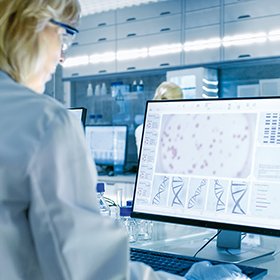
Especially in pandemic times, the topic of hygiene and clean work has become a special focus of society. Decontamination and cleanliness help us avoid serious illnesses or material and even financial damage.
However, before we look at cleanliness itself, we must first be clear on what is meant by contamination:
Definition of contamination
The process by which something becomes unclean or toxic, or the state of producing undesirable or hazardous substances.
Definition of contaminant
A substance that makes something unclean; something that contaminates.
There are several forms of contamination, including:
- Environmental contamination (pollution)
- Food contamination
- Pharmaceutical contamination
- Agricultural contamination
- Radioactive contamination
- Chemical contamination
- Biological contamination
- Contaminated samples
- Contaminated evidence
Now that we have defined what contamination is, we can start thinking about how to eliminate it. Each contamination is different and requires a different approach. However, all decontamination has one thing in common.
Definition of decontamination
The process of making a person, object, or area safe by absorbing, destroying, neutralizing, rendering harmless, or removing chemical or biological agents or removing radioactive material found in the environment.
The desired level of decontamination depends on the level of cleanliness you are aiming for. As an example, consider dirty hands: I can get rid of the dirt by washing them. However, if I want them to be germ-free, I will need to disinfect them afterwards.
Decontamination methods
There are several methods of decontamination. In the following text we will cover the following techniques:
- Physical cleaning
- Ultrasonic cleaning
- Disinfection
- Sterilization
- Thermal disinfection
- Chemical disinfection
Here we briefly present some methods:
Physical Cleaning
Cleaning is a process of physically removing contaminants, including some microorganisms, and in the case of contamination is the first and essential step before effective disinfection or sterilization can be performed. Cleaning does not necessarily remove all microorganisms, even if a surface looks cleaner. Cleaning equipment and work surfaces is best done with a dish detergent and warm water. It is also important to make sure that the cleaning agent used does not damage equipment and work surfaces.
Ultrasonic cleaning
Ultrasonics is a liquid-based cleaning method recommended for some equipment. It is based on cavitation (rapid formation and disintegration of small bubbles in a liquid). This method is routinely used in healthcare, laboratory, body art and beauty care environments, but is suitable whenever dirty, reusable items need to be cleaned. The items to be treated must be immersed, and the ultrasonic treatment is performed in a container with a lid, where openings and cavities can also be cleaned. Ultrasonic cleaners should be cleaned at least twice a day and kept clean and dry overnight. The choice of cleaners should be recommended by the manufacturer and should be appropriate for the intended use.
Disinfection
The goal of disinfection is to reduce the number of microorganisms present to a level where infection is unlikely. In practice, disinfection can destroy or inactivate many or all pathogenic microorganisms, but not spores. It is important to understand that the success of disinfection is highly dependent on the number of microorganisms initially present. Therefore, physical cleaning is an important prerequisite for effective disinfection.
Sterilization
Unlike disinfection, this is an absolute term that refers to the destruction of all microorganisms, including spores.
Heat
Heat treatment is the most effective routine means of eliminating all microorganisms, including those carried by blood, and primarily involves the use of autoclaves (pressurized steam sterilizers). Baking ovens and dry heat ovens achieve higher temperatures that can kill microorganisms, but may not provide the required level of heat input and treatment control as steam sterilizers and are therefore less reliable. There is also evidence that dry heat and boiling systems are rarely maintained or not regularly tested to ensure that they provide consistent sterilization conditions.
Important methods include autoclaving, dry heat, and thermal cleaning devices.
Chemical disinfection
Some chemical disinfectants have been tested for efficacy against blood-borne viruses in the presence of whole blood or plasma (the liquid component of blood) to simulate conditions of use. Proteins in blood and other bodily fluids may be protective against the virus and, in some cases, reduce the effectiveness of chemical disinfectants. Effective testing of disinfectants can therefore be difficult, but it is reasonable to assume that any preparation that is effective against HBV (hepatitis B virus) will also be effective against other blood-borne viruses because of its robustness.
Some of the most commonly used chemical decontaminants are:
- Powder or liquid detergent
- Bleach
- Alcohol 60-80%
- Halogenated tertiary amines or quaternary ammonium compounds
- Chlorhexidine
A selection of our WHO recommended agents for decontamination in the wake of the coronavirus pandemic can be found here:
| Product code | Product name | CAS number |
| 191086 | Ethanol absolute (USP, BP, Ph.Eur.) pharma grade | 64-17-5 |
| 141339 | Glycerol (USP, BP, Ph. Eur.) pure, pharma grade | 56-81-5 |
| 141077 | Hydrogen Peroxide 33% w/v (110 vol.) stabilized (USP, BP, Ph. Eur.) pure, pharma grade |
7722-84-1 |
| 141090 | 2-Propanol (USP, BP, Ph. Eur.) pure, pharma grade | 67-63-0 |
Nucleic Acid Decontamination
The occurrence of nucleic acid cross-contamination in the laboratory, leading to false-positive results from diagnostic samples, is extremely problematic. Despite all the precautions taken to minimize or even avoid nucleic acid cross-contamination, it can still occur.
There are a variety of products on the market. However, most of them are toxic or corrosive to your work materials.
What can be the sources of nucleic acid contamination?
There are many sources that can contribute to contamination, for example, ventilation, autoclave, lab water, chemicals, solutions and buffers, reagents, or simply the lab worker. A single nucleic acid molecule can destroy entire experiments and evaluations.
A clean working method and associated decontamination of nucleic acids not only serves to work cleanly, but also directly improves safety, as recombinant molecules such as plasmids, transposons, PCR products, etc. should not be released into the environment.
Treating surfaces with disinfecting agents alone is not sufficient, as nucleic acids are often not removed at all or are removed insufficiently. Other agents contain harmful or corrosive substances. Therefore, we would like to introduce our DNA/RNA ExitusPlus system.
DNA/RNA-ExitusPlus™ and RNase -ExitusPlus™ are fast and effective ready-to-use agents for the removal of enzymatic and molecular biological contaminants from surfaces/pipettes and laboratory equipment. Decontamination begins immediately upon spraying/applying to a contaminated surface. The advantage of DNA/RNA and RNase-ExitusPlus™ is that it is neither toxic to humans nor corrosive to laboratory materials. Competing products use hazardous and corrosive agents and can cause health damage as well as corrosion of surfaces. Protect yourself and your environment with the ExitusPlus™ family of products.
The features of ExitusPlus™ products can be summarized as follows:
- Effective decontamination
- Removes DNA
- Removes RNA
- Removes RNases
- Non-toxic
- Non-Harmful
- Not corrosive
- Ready to use
- Easy to use
- Quick
| Product code | Product name |
| A7600 | Autoclave-ExitusPlus™ (6 x 1 L = 6 L) |
| A7089 | DNA/RNA-ExitusPlus™ |
| A7409 | DNA/RNA-ExitusPlus™ IF |
| A9411 | ExitusPlus™ Activity Test |
| A7153 | RNase-ExitusPlus™ |
You can find more detailed information in our product documentation:
https://www.itwreagents.com/download_file/product_infos/A7089/en/A7089_en.pdf
https://www.itwreagents.com/download_file/product_infos/A7153/en/A7153_en.pdf
Decontamination in cell cultures
Cell cultures are particularly susceptible to contamination due to the nutrient media, which are attractive to many microorganisms. In most cases, this means the growth and spread of undesirable germs, fungi, bacteria, etc. Again, prevention is the decisive factor in avoiding contamination and ensuring consistently reproducible results.
In addition to the agents already described above, such as ethanol, propanol, etc., we at PanReac AppliChem offer products that have been developed specifically for cell culture and prevent contamination. They prevent contamination of water baths and incubators as well as work areas. You can find the small overview in the following table:
| Product code | Product name |
| A9390 | Aquabator-Clean™ (100X) |
| A5230 | Incubator-Clean™ |
| A5219 | Incuwater-Clean™ |
In the following table we present again in summary all our products which can be used for cleaning or decontamination:
| Product code | Product name | CAS Number |
| A7004 | AppliClear-Water | |
| A9390 | Aquabator-Clean™ (100X) | |
| A7600 | Autoclave-ExitusPlus™ (6 x 1 L = 6 L) | |
| 503574 | DERQUIM + Universal Detergent, LIQUID | |
| 502603 | DERQUIM LA 11 Slightly alkaline SOLID | |
| 502604 | DERQUIM LA 12 Alkaline SOLID | |
| 502605 | DERQUIM LA 13 Alkaline with detergents SOLID | |
| 502606 | DERQUIM LA 14 Slightly alkaline LIQUID | |
| 502607 | DERQUIM LA 15 Alkaline LIQUID | |
| 502608 | DERQUIM LA 21 Acid, with phosphoric acid LIQUID | |
| 502609 | DERQUIM LA 22 Acid, with citric acid LIQUID | |
| 502600 | DERQUIM LM 01 Alkaline LIQUID | |
| 502601 | DERQUIM LM 02, phosphates free LIQUID | |
| 502602 | DERQUIM LM 03 Alkaline, Phosphates free LIQUID | |
| 503468 | DERQUIM SALT (Sodium Chloride lumps) | 7647-14-5 |
| A7089 | DNA/RNA-ExitusPlus™ | |
| A7409 | DNA/RNA-ExitusPlus™ IF | |
| 147196 | Ethanol 70% denatured with IPA, MEK and Bitrex pure | 64-17-5 |
| 192695 | Ethanol 70% v/v (BP) pharma grade | 64-17-5 |
| 202695 | Ethanol 70% v/v food grade | 64-17-5 |
| 147195 | Ethanol 96% denatured with IPA, MEK and Bitrex pure | 64-17-5 |
| 201085 | Ethanol 96% v/v (F.C.C.) food grade | 64-17-5 |
| 631085 | Ethanol 96% v/v (Ph.Eur, BP, USP) GMP - IPEC grade | 64-17-5 |
| 131085 | Ethanol 96% v/v (Reag. USP, Ph. Eur.) for analysis, ACS | 64-17-5 |
| 141085 | Ethanol 96% v/v (USP, BP, Ph.Eur.) pure, pharma grade | 64-17-5 |
| 251085 | Ethanol 96% v/v for clinical diagnosis | 64-17-5 |
| 361085 | Ethanol 96% v/v for UV, IR, HPLC | 64-17-5 |
| 212800 | Ethanol 96% v/v partially denatured technical grade | 64-17-5 |
| 147194 | Ethanol 99.8 % denatured with IPA, MEK and Bitrex pure | 64-17-5 |
| 631086 | Ethanol absolute (Ph. Eur, BP, USP, JP) GMP - IPEC grade | 64-17-5 |
| 131086 | Ethanol absolute (Reag. USP, Ph. Eur.) for analysis, ACS, ISO | 64-17-5 |
| 191086 | Ethanol absolute (USP, BP, Ph.Eur.) pharma grade | 64-17-5 |
| 481086 | Ethanol absolute dry (max. 0.02% water) | 64-17-5 |
| 251086 | Ethanol absolute for clinical diagnosis | 64-17-5 |
| 221086 | Ethanol absolute for HPLC gradient | 64-17-5 |
| A8075 | Ethanol absolute for molecular biology (untaxed) | 64-17-5 |
| 361086 | Ethanol absolute for UV, IR, HPLC | 64-17-5 |
| 212801 | Ethanol absolute partially denatured technical grade | 64-17-5 |
| 141086 | Ethanol absolute pure | 64-17-5 |
| A9411 | ExitusPlus™ Activity Test | |
| 125513 | Hydrogen Peroxide 10% w/w for analysis | 7722-84-1 |
| 121076 | Hydrogen Peroxide 30% w/v (100 vol.) for analysis | 7722-84-1 |
| 141076 | Hydrogen Peroxide 30% w/v (100 vol.) stabilized pure | 7722-84-1 |
| 131077 | Hydrogen Peroxide 33% w/v (110 vol.) (Reag. USP) for analysis, ACS, ISO | 7722-84-1 |
| 141077 | Hydrogen Peroxide 33% w/v (110 vol.) stabilized (USP, BP, Ph. Eur.) pure, pharma grade | 7722-84-1 |
| 147145 | Hydrogen Peroxide 35% pure | 7722-84-1 |
| 142660 | Hydrogen Peroxide 6% w/v (20 vol.) stabilized (BP) pure, pharma grade | 7722-84-1 |
| A5230 | Incubator-Clean™ | |
| A5219 | Incuwater-Clean™ | |
| 131885 | 1-Propanol (Reag. USP, Ph. Eur.) for analysis, ACS | 71-23-8 |
| A0634 | 1-Propanol for analysis | 71-23-8 |
| 361885 | 1-Propanol for UV, IR, HPLC | 71-23-8 |
| 631090 | 2-Propanol (Ph. Eur, BP, USP-NF) GMP - IPEC grade | 67-63-0 |
| 131090 | 2-Propanol (Reag. USP, Ph. Eur.) for analysis, ACS, ISO | 67-63-0 |
| 141090 | 2-Propanol (USP, BP, Ph. Eur.) pure, pharma grade | 67-63-0 |
| 145618 | 2-Propanol 70% v/v pure | 67-63-0 |
| A3465 | 2-Propanol BioChemica | 67-63-0 |
| 361090 | 2-Propanol for HPLC | 67-63-0 |
| 221090 | 2-Propanol for HPLC gradient | 67-63-0 |
| A3928 | 2-Propanol for molecular biology | 67-63-0 |
| 211090 | 2-Propanol technical grade | 67-63-0 |
| 161090 | 2-Propanol, 99.7% for synthesis | 67-63-0 |
| A7153 | RNase-ExitusPlus™ | |
| 145881 | Sodium Hydroxide micropearls pure | 1310-73-2 |
| 141929 | Sodium Hydroxide pearls (USP-NF, BP, Ph. Eur.) pure, pharma grade | 1310-73-2 |
| 201687 | Sodium Hydroxide pellets (E-524, F.C.C.) food grade | 1310-73-2 |
| 631687 | Sodium Hydroxide pellets (Ph. Eur, BP, USP, JP) GMP - IPEC grade | 1310-73-2 |
| 131687 | Sodium Hydroxide pellets (Reag. USP) for analysis, ACS, ISO | 1310-73-2 |
| 141687 | Sodium Hydroxide pellets (USP-NF, BP, Ph. Eur.) pure, pharma grade | 1310-73-2 |
| 211687 | Sodium Hydroxide pellets technical grade | 1310-73-2 |
| LZ3402 | Sodium Hydroxide solution 25% w/w pure, pharma grade | 1310-73-2 |
| 171690 | Sodium Hydroxide solution 30% w/v | 1310-73-2 |
| 144320 | Sodium Hydroxide solution 30% w/w pure, pharma grade | 1310-73-2 |
| Z44320 | Sodium Hydroxide solution 30% w/w pure, pharma grade | 1310-73-2 |
| 126682 | Sodium Hydroxide solution 32% w/w for analysis | 1310-73-2 |
| 176682 | Sodium Hydroxide solution 32% w/w for nitrogen determination | 1310-73-2 |
| 216682 | Sodium Hydroxide solution 32% w/w technical grade | 1310-73-2 |
| 122666 | Sodium Hydroxide solution 32% w/v for the determination of nitrogen | 1310-73-2 |
| 141220 | Sodium Hydroxide solution 40% w/w pure | 1310-73-2 |
| 121593 | Sodium Hydroxide solution 40% w/v for analysis | 1310-73-2 |
| 171220 | Sodium Hydroxide solution 40% w/w for the determination of nitrogen | 1310-73-2 |
| 141571 | Sodium Hydroxide solution 50% w/v pure | 1310-73-2 |
| 142404 | Sodium Hydroxide solution 50% w/w pure | 1310-73-2 |
| 211921 | Sodium Hypochlorite solution 10% w/v technical grade | 7681-52-9 |
| 213322 | Sodium Hypochlorite solution 13% w/v technical grade | 7681-52-9 |
| 212297 | Sodium Hypochlorite solution 5% w/v technical grade | 7681-52-9 |





